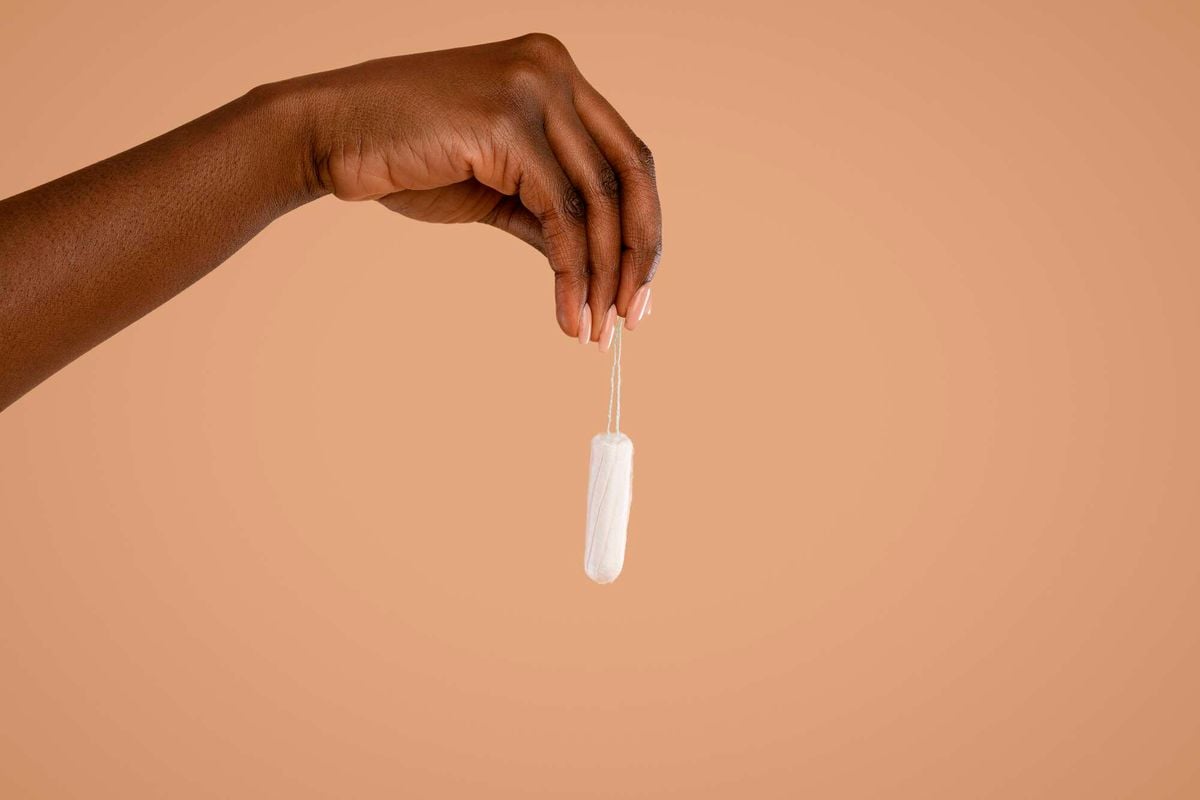Tampons which are used by millions of women worldwide are still used by few in Rwanda due to diverse factors. Even though we see them more and more in big shops around the city, there are still many myths and misunderstandings surrounding them.
The tampon, as we know it today, has evolved significantly from its ancient predecessors. Evidence suggests that women in ancient Egypt used softened papyrus as tampons, while in ancient Greece, they used lint wrapped around a small piece of wood. Fast forward to the 20th century, the first modern tampon with an applicator was patented in 1931 by Dr. Earle Haas, and commercial production began soon after with the brand Tampax.
According to a 2020 report by the market research firm Statista, approximately 70% of menstruating individuals in the United States use tampons as their primary menstrual product. Globally, the percentage varies significantly, with cultural, economic, and educational factors influencing tampon usage. In Europe, tampon use is also high, with countries like Germany and France reporting usage rates of over 50%. In contrast, usage in many parts of Asia and Africa remains lower, often due to cultural taboos and lack of access.
Tampons come in various types and absorbencies to cater to different flow levels and personal preferences. They are typically categorized as:Light Absorbency: Suitable for light flow days.
Regular Absorbency: Ideal for normal flow. Super Absorbency: Designed for heavier flow days.
Super Plus and Ultra Absorbency: Used for very heavy menstrual flow.
In addition to absorbency levels, tampons can be found with or without applicators. Applicators can be made of plastic or cardboard and help with the insertion process, making it more comfortable for some users. Tampons without applicators are generally more environmentally friendly, as they produce less waste.
Tampons are regulated by health authorities but there are still health considerations to keep in mind such as the Toxic Shock Syndrome (TSS): A rare but serious condition, TSS can occur when bacteria produce toxins that enter the bloodstream. It is associated with high-absorbency tampons left in place for too long. To reduce the risk, it is recommended to use the lowest absorbency necessary and change tampons every 4-8 hours.
Most tampons are made from cotton, rayon, or a blend of both. Some users prefer organic cotton tampons to avoid potential exposure to pesticides and chemicals used in conventional cotton farming.
Tampons, especially those with plastic applicators, contribute to environmental waste. Consider using tampons without applicators or switching to reusable menstrual products like menstrual cups or cloth pads to minimize your ecological footprint.
Despite being around for decades, tampons are still subject to numerous myths and misconceptions. Here are a few debunked:
“Tampons can get lost inside you.” Not true. The tampon is inserted into the vagina, which is a closed space with the cervix at the top. It is physically impossible for a tampon to travel beyond the cervix.
“Tampons affect virginity.” Tampons do not affect a person’s virginity. Virginity is a social construct and has no medical basis. The hymen, a thin membrane, can stretch or tear due to various activities, not just tampon use.
“You can’t use tampons if you have a heavy flow.” On the contrary, tampons are available in super plus and ultra absorbencies specifically designed for heavy flow days.
So should you use a tampon?
Tampons are a convenient and reliable menstrual product that has evolved significantly over the years. While they offer many benefits, it’s important to use them safely and be aware of the potential risks, such as TSS. As with any product, it’s essential to choose what works best for your body and lifestyle. Whether you opt for tampons, pads, menstrual cups, or period underwear, the most important thing is that you feel comfortable and confident during your menstrual cycle.


